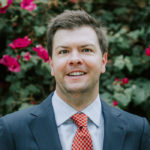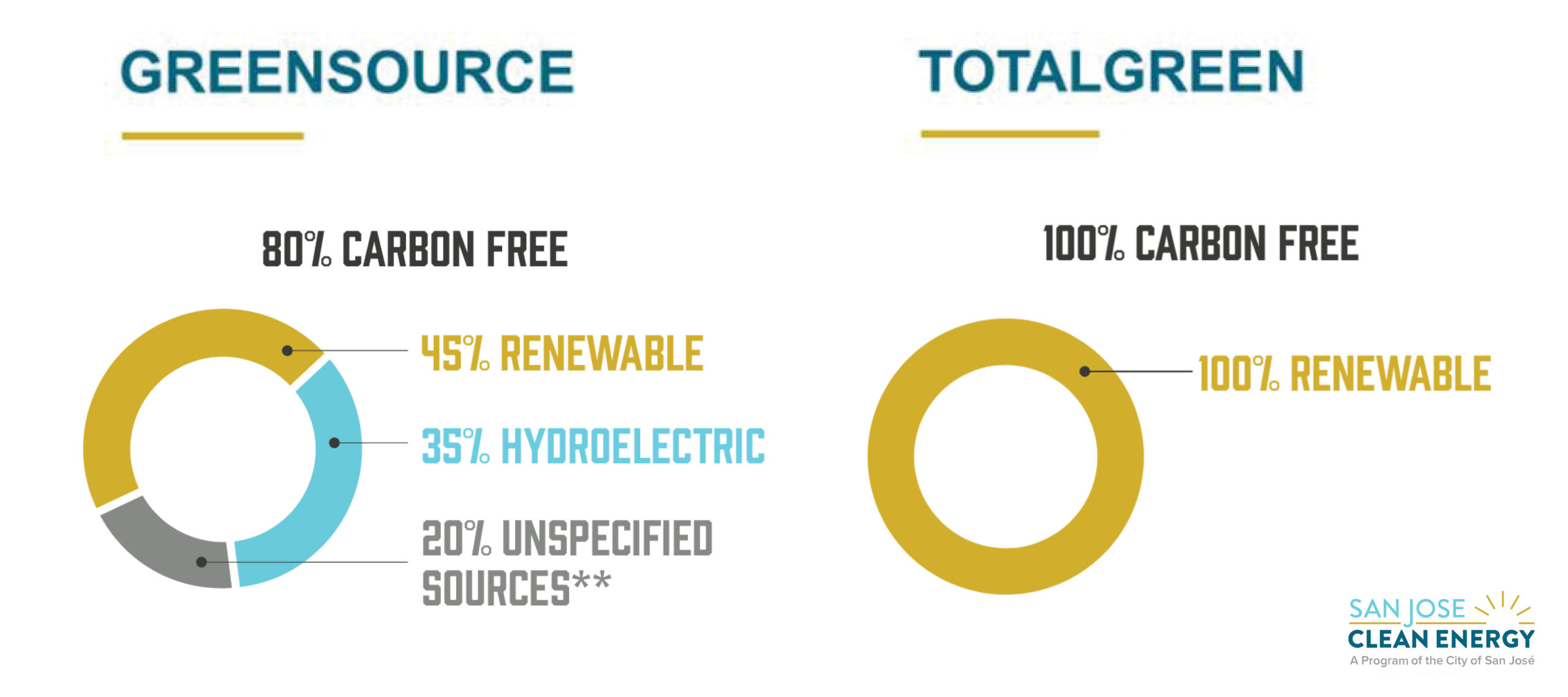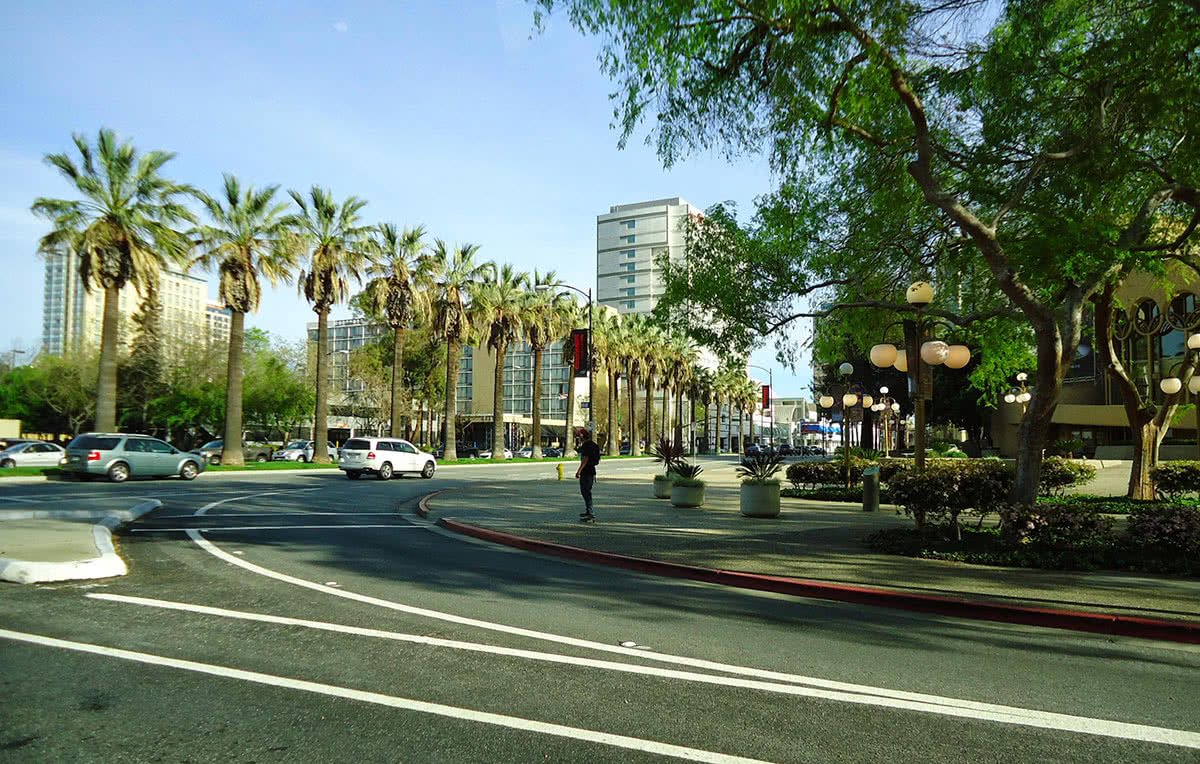For the past 12 years, San Jose has been working to become one of the most sustainable cities in the country. The city is aggressively pursuing future-forward strategies that will allow it to unplug from California’s grid and provide its own self-sustaining source of energy. And every step of the way, the city is involving residents in the effort by creating opportunities to conserve energy and save costs. This means changing the way they commute, and how they use energy in their homes and at work.
As part of this ambitious effort, the city established San Jose Clean Energy (SJCE), a city run and owned clean-energy initiative that began offering services to residents and businesses this winter. SJCE expects to save its community $2 million annually while initially reducing the city’s greenhouse gas emissions by 18 percent.
SJCE is an important part of Climate Smart San Jose, the city’s initiative to improve the health of its communities while reducing air pollution and conserving water. The plan — approved in 2018 as the next iteration of its original 2007 sustainability vision — made San Jose one of the first cities in the United States to create a path for reducing greenhouse gas emissions in accordance with the United Nations Paris Agreement on climate change.
Operated by the city’s recently formed Community Energy Department, SJCE is a Community Choice Energy program. Through these programs, local governments such as San Jose buy electricity from cleaner sources, while the investor-owned utility — PG&E for San Jose — continues to distribute the electricity, maintain the powerlines, respond to power outages, and provide billing. For the SJCE rollout, customers were enrolled in its GreenSource service, a 45 percent renewable energy and 80 percent carbon free electricity mix, at a cost of 1 percent less than PG&E services. Customers can also choose TotalGreen, which offers 100 percent renewable energy at a slightly higher cost, or they can opt out and transfer back to PG&E.

Zach Struyk, deputy director of account management and marketing at SJCE, is working with FUSE executive fellow Kevin Meehan to ensure that the city’s bold environmental initiatives meet the needs of all residents, including those in low-income communities. They’ve already reached out to many communities and are sharing some of the lessons they’ve learned that will help San Jose reach its sustainability goals.
Why should cities take a lead on clean energy, as opposed to the state or federal government?
Meehan: I think that cities are really where the economic growth engine is — not only in the U.S., but globally. If we take it from a higher level and look at the increasing urbanization of places like China and India and many parts of Asia, it’s critical that cities get their development right to be as environmentally friendly as possible and have the lowest carbon footprint as possible.
The two big elements are the built environment that we create and how that uses energy. And then, secondly, how we move people around. Transportation and buildings are the two key sources of carbon emissions. So I think if cities design the right solutions, we’re more easily able to adapt those best practices not only in other U.S. cities, but globally as well.
Cities are really where the economic growth engine is — not only in the U.S., but globally. It’s critical that cities get their development right to be environmentally friendly and have the lowest carbon footprint possible. — Kevin Meehan, San Jose FUSE fellow
What was the motivation behind Climate Smart San Jose?
Struyk: Living in California, we see that climate change is happening. In San Jose, a very high percentage of our population drives more than 45 minutes to work, and that is not sustainable. It’s not fun right now — this is not the good life. Climate Smart San Jose is a multi-faceted plan that gets into not just energy efficiency and reduced carbon footprint, but also fewer vehicle miles traveled, a higher fraction of the population living closer to where they work, more people walking, safer streets, cleaner air, and more.
In your meetings with residents in underserved neighborhoods, what concerns have you heard from them about converting to clean energy?
Meehan: We’ve discovered that a lot of our low-income and disadvantaged communities have used vehicles. Those used vehicles are older, and people probably aren’t paying any type of lease or loan payment on them. So what can we do to support them in converting to a clean vehicle?
We also need to consider the electrical infrastructure of buildings. Is it a single family home, or a multi-family home, and what can we do to support that conversion? We have a high rate of single family homes in San Jose. But I consistently hear from community members — especially those in disadvantaged communities — that many of those single family homes have multiple families living in them. With the housing crisis in the Bay Area, a lot of families just can’t afford to pay for one home by themselves. So then we start to think about, okay, how can we help those residents get the benefits of a lot of this new, cleaner technology?
We’ve been doing this for several months now, and with each community meeting we’ve learned how to hone our message and anticipate the types of concerns and questions that are out there, because this is new. It’s maybe a little bit complex for people that aren’t in the energy field.

How have residents responded to the transition from PG&E to San Jose Clean Energy?
Struyk: Generally favorably. In California, participation has been quite high in most of the Community Choice Energy programs — well above 90 percent — and ours is similar so far. Most people are in, and some people are extremely enthusiastic. Some people are a little bent out of shape that they were automatically enrolled. Some people don’t think that government necessarily does anything well, and so maybe we shouldn’t be doing this. But, generally, people are excited.
What are the next steps for SJCE? What are your goals for this year?
Struyk: We’ve only been operational for a few months, so we need to show that we can run a business, that our actuals are not too far from our forecast, and that we can adjust our forecast to match load. Also that residents’ bills are in fact coming out reliably lower than they would’ve been — the basics.
We also need to have a community identity and show people that we’re doing something besides just sending them energy. So we want to get some programs and pilots going, the specifics of which we’re still working out but will be focused on both reducing greenhouse gases and electrification. Once those are up and running, we want to be out in the community, talking to people about what they think about the pilots — what they’d like to see differently, and what we can do next.
In developing a road map for programs that the city should invest in, what are some longer term goals for reducing emissions?
Meehan: Long term, we’re looking at two main goals: Reducing the amount of natural gas that buildings use and reducing emissions from transportation. Buildings primarily use natural gas for both space and water heating. It’s not only commercial buildings, but also homes. One of the things that we’re exploring as part of our program road map is how to convert the use of natural gas to electrical appliances. With cleaner sources of electricity and higher rates of carbon-free electricity, that’s really the best way to reduce our emissions in the built environment.
For transportation, I think one of the key metrics that not only San Jose, but the entire state is using, is vehicle miles traveled. What that means is reducing the amount of times that people are using a car to get from point A to point B, and, when they do need to use a car, converting to electric vehicles. San Jose is also facilitating multi-modal forms of transportation, whether it’s light rail, electric buses, eScooters, eBikes, or walking. I think all those need to be part of the tool kit for people to get around. And I think we’re going to try to accelerate the conversion of personal vehicles and also medium to heavy duty vehicles to electric vehicles.
Describe a day in 2030 when San Jose’s clean energy goals have been achieved.
Struyk: San Jose feels kind of like L.A., in that there are a lot of people here, but it’s really spread out and very low-rise. By 2030, I hope that will change. One of the plans is to densify downtown San Jose, have it look like a proper downtown, and have more jobs here for people to be able to get to more readily.
We’re the largest city in the United States that has a net outflow of residents in the course of the day. This is a bedroom community for the outgrown places around us, but we want to be a city where people work where they live or have more sustainable options for getting to work. We want more people out walking and taking public transportation. I’m sure we’ll see lots of shared electric vehicles and autonomous vehicles.
Meehan: I would also add that we would have reached our low-income, disadvantaged communities with our clean energy goals. Because, historically, if you look at the impact of pollution, it has disproportionately impacted low-income and disadvantaged communities of color. So I think the vision is to make sure that we’re focusing on supporting those specific communities. The quicker that we can electrify, the quicker that we can reduce emissions, the better we can improve life for all of San Jose’s residents.
Emma McGowan is a full-time freelance writer who focuses on sexual health and social justice.
[Photo credit: Tom Sulcer]
